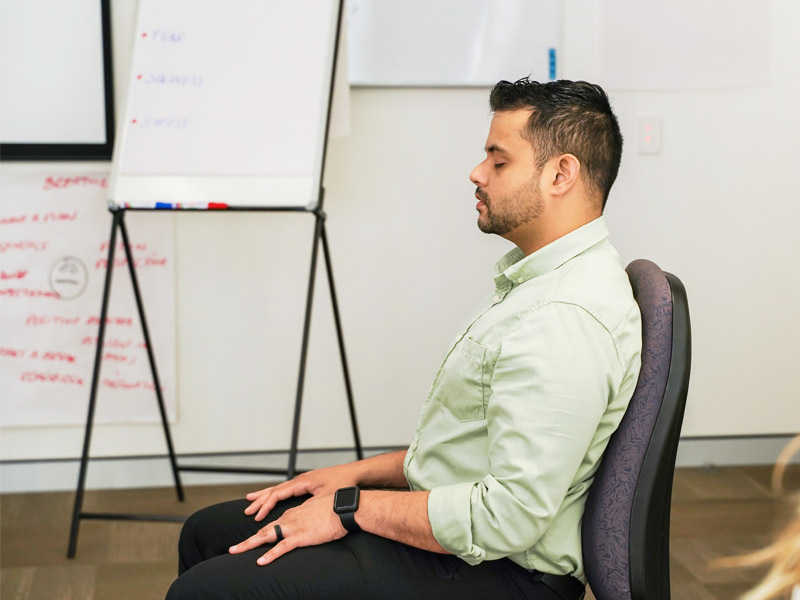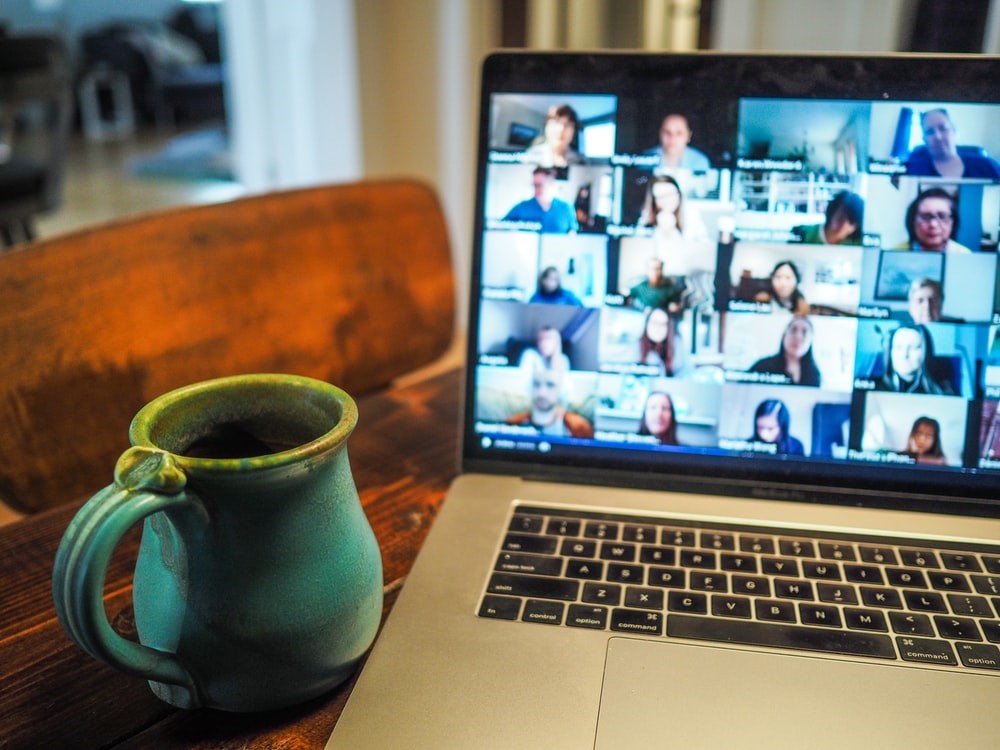Emotions are part of being human — they are proof we are experiencing the diversity and complexities life throws at us. On occasion, it is normal for emotions to come to work with us, especially where expectations run high and resources are low.
We are going to feel some stress and frustration from time to time, and sometimes it might show. It’s about what we do with our feelings and emotions, and how to use them constructively rather than destructively. This doesn’t mean you lose your temper or take it out on others. It also doesn’t mean you pretend or deny the feeling isn’t there. Both are harmful in different ways. The workplace is a professional setting and not all emotional expressions are appropriate.
Whether you’re a team member or a leader, it’s important to understand how to manage emotions in the workplace.
Here are our top 3 strategies to managing emotions in the workplace:
Identify triggers to untangle yourself
If you experience an emotional outburst, explore what has triggered it. This allows you to deal with issues at their root cause, which also helps you prevent an outburst in the future. Take time to reflect on what happened before the emotional outburst. Having a level of self-awareness allows you to better understand when you’re feeling overwhelmed, how you got there and how to manage it.
If you become aware of a pattern, getting some help from a professional such as a psychologist or access your workplace EAP (Employee Assistance Program) can help understand and untangle these patterns.
Take a break and refocus
If you feel yourself getting overly emotional, it’s best to take a break. Instead of venting anger or creating an awkward situation, let others know you need to take some time out. Once emotions have cooled down continue the discussion by identifying the problem and potential solutions, rather than only focusing on the problem. Its best to deal with issues as soon as possible without making anyone feel attacked or threatened.
Also consider your needs, and the needs of others. People often don’t understand what others need. Sometimes we need to reflect on identifying our own needs. This can form part of the conversation.
Boost your own happiness and others will follow
Happier people are often more successful, more creative and resilient. So, spend time doing things you enjoy and connect with people who are important to you. Our moods are often influenced by the people around us. Make a conscious choice to be around people who make you feel happy and supported. If your workplace could do with a boost of positivity, then make a choice to be the champion for the cause. Encourage others see the good from the bad. A few satisfied, high-performing people can spread positivity and produce even better results for teams.
Our wellness programs with provide you with the tools, strategies and knowledge to help manage emotions and stress.
To celebrate Mental Health Week 2020 we will make a donation to Lifeline for every October wellness course booking:
Develop Your Emotional Intelligence
Emotionally Intelligent Leaders with SEIP
Manage Stress, Build Resilience
Introduction to Mindfulness 1 hour (special October 16th event)











